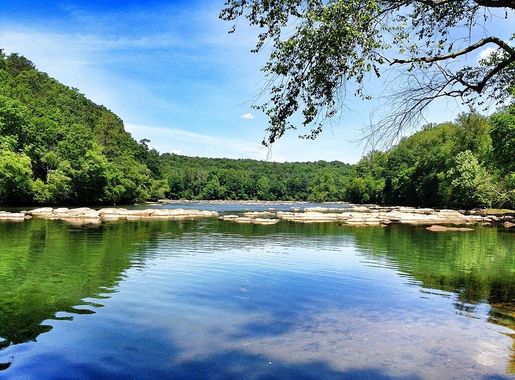
Bridger-Teton National Forest: A Natural Wonderland
Discover the majesty of Bridger-Teton National Forest, where vast wilderness, diverse wildlife, and outdoor adventures await in the heart of Wyoming.
Nestled in the western part of Wyoming, Bridger-Teton National Forest offers a breathtaking escape into nature. Spanning over 3.4 million acres, it is one of the largest national forests in the United States. This vast wilderness is a haven for outdoor enthusiasts, providing a myriad of activities such as hiking, camping, fishing, and wildlife viewing. The forest is home to diverse ecosystems ranging from lush valleys to rugged mountain peaks, ensuring a unique experience with each visit. The Bridger-Teton National Forest is renowned for its stunning landscapes, including parts of the Teton Range and the Gros Ventre Wilderness. Visitors can explore miles of trails that wind through dense forests, alpine meadows, and along pristine rivers. In the winter, the forest transforms into a snowy paradise, perfect for cross-country skiing, snowshoeing, and snowmobiling. The forest's remote areas offer a true sense of solitude, making it an ideal destination for those seeking peace and tranquility. Wildlife enthusiasts will be delighted by the abundance of animals that call this forest home. Keep an eye out for elk, moose, bighorn sheep, and even the elusive grizzly bear. Birdwatchers will find a variety of species, from majestic eagles to colorful songbirds. The forest's rivers and lakes are teeming with fish, making it a popular spot for anglers. Whether you're looking to reconnect with nature, embark on an adventure, or simply unwind, Bridger-Teton National Forest provides an unforgettable experience.
Local tips in Bridger-Teton National Forest
- Visit in the fall to witness the stunning foliage and avoid summer crowds.
- Carry bear spray and know how to use it, as grizzly bears are common in the area.
- Check road conditions before your trip, as some areas are only accessible during certain times of the year.
- Bring plenty of water and snacks, especially if you plan to hike remote trails.
- Consider hiring a local guide for a more in-depth exploration of the forest's hidden gems.
Bridger-Teton National Forest: A Natural Wonderland
Nestled in the western part of Wyoming, Bridger-Teton National Forest offers a breathtaking escape into nature. Spanning over 3.4 million acres, it is one of the largest national forests in the United States. This vast wilderness is a haven for outdoor enthusiasts, providing a myriad of activities such as hiking, camping, fishing, and wildlife viewing. The forest is home to diverse ecosystems ranging from lush valleys to rugged mountain peaks, ensuring a unique experience with each visit. The Bridger-Teton National Forest is renowned for its stunning landscapes, including parts of the Teton Range and the Gros Ventre Wilderness. Visitors can explore miles of trails that wind through dense forests, alpine meadows, and along pristine rivers. In the winter, the forest transforms into a snowy paradise, perfect for cross-country skiing, snowshoeing, and snowmobiling. The forest's remote areas offer a true sense of solitude, making it an ideal destination for those seeking peace and tranquility. Wildlife enthusiasts will be delighted by the abundance of animals that call this forest home. Keep an eye out for elk, moose, bighorn sheep, and even the elusive grizzly bear. Birdwatchers will find a variety of species, from majestic eagles to colorful songbirds. The forest's rivers and lakes are teeming with fish, making it a popular spot for anglers. Whether you're looking to reconnect with nature, embark on an adventure, or simply unwind, Bridger-Teton National Forest provides an unforgettable experience.
When is the best time to go to Bridger-Teton National Forest?
Iconic landmarks you can’t miss
Schwabacher Landing
Experience the breathtaking beauty of Schwabacher Landing, where the Teton Range meets the tranquil waters of the Snake River in Grand Teton National Park.
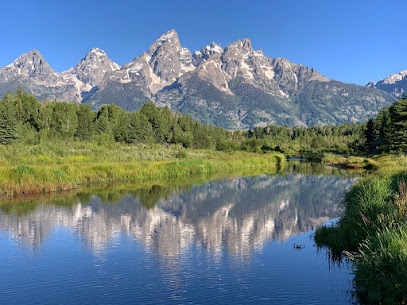
Teton National Forest
Discover the breathtaking beauty of Teton National Forest, a paradise for outdoor enthusiasts in Wyoming with stunning landscapes and abundant wildlife.
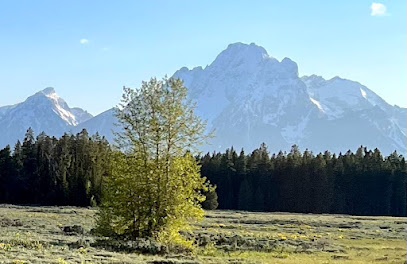
Bridger National Forest
Explore the breathtaking landscapes and outdoor adventures at Bridger National Forest in Wyoming, a true haven for nature lovers and adventurers alike.

Unmissable attractions to see
Grand Teton National Park
Experience the breathtaking beauty of Grand Teton National Park, where towering peaks meet pristine lakes in Wyoming's majestic wilderness.
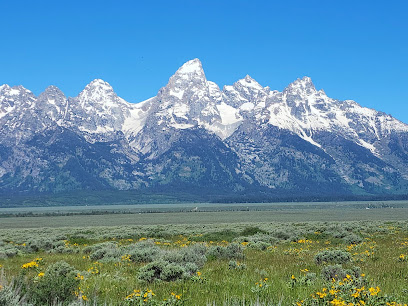
Mammoth Hot Springs
Explore the stunning geothermal marvels of Mammoth Hot Springs, a must-visit destination in Yellowstone National Park, showcasing vibrant colors and scenic hiking trails.
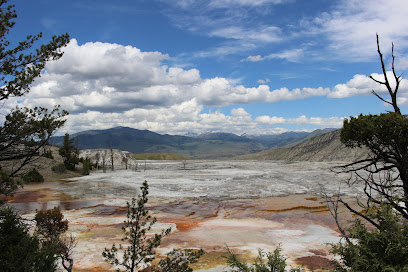
Jackson Hole Mountain Resort
Experience year-round adventure at Jackson Hole Mountain Resort, where world-class skiing and breathtaking landscapes await every traveler.
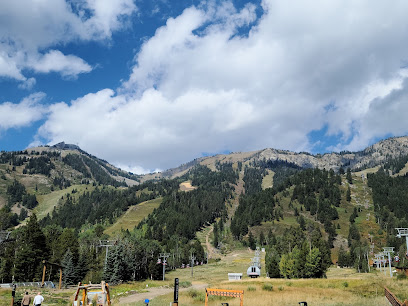
Grand Prismatic Spring
Discover the breathtaking colors and geothermal wonders of Grand Prismatic Spring, a highlight of Yellowstone National Park.
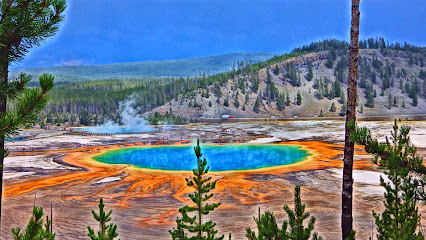
Artist Point
Experience the breathtaking beauty of Artist Point in Yellowstone National Park, where stunning vistas and vibrant colors await every visitor.
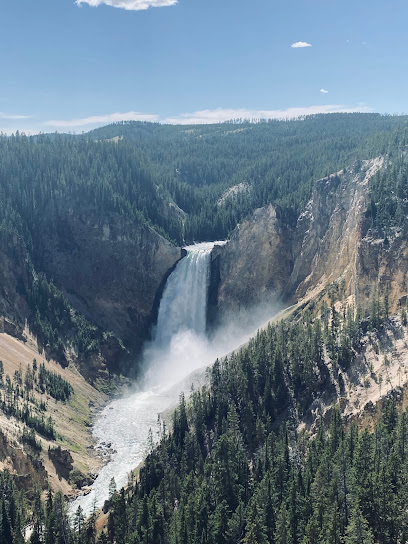
Hot Springs State Park
Discover the healing waters and breathtaking beauty of Hot Springs State Park, a premier destination for relaxation and nature in Wyoming.
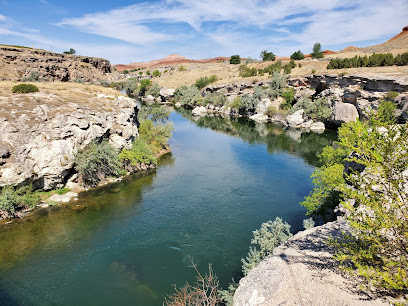
Mud Volcano
Discover the fascinating Mud Volcano in Yellowstone National Park, a captivating geothermal feature with bubbling mud pots and unique landscapes.
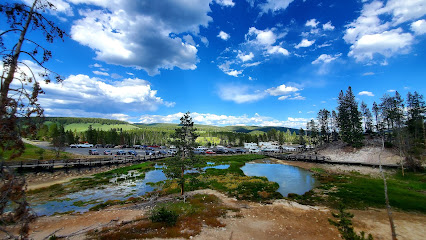
Craig Thomas Discovery and Visitor Center
Discover the heart of Grand Teton National Park at the Craig Thomas Discovery and Visitor Center, your gateway to nature's majesty.
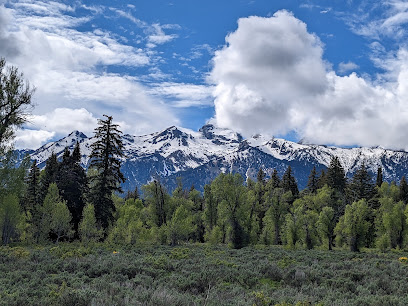
Jenny Lake Overlook
Experience the stunning beauty of Jenny Lake Overlook in Grand Teton National Park, where breathtaking mountain views meet serene lake reflections.
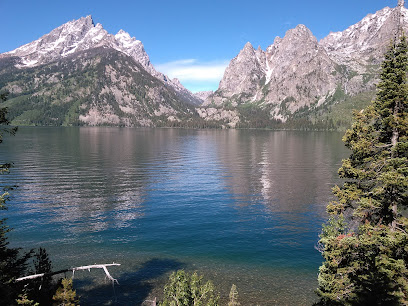
Jenny Lake Visitor Center
Discover the beauty and history of Grand Teton National Park at Jenny Lake Visitor Center, your gateway to adventure and exploration.
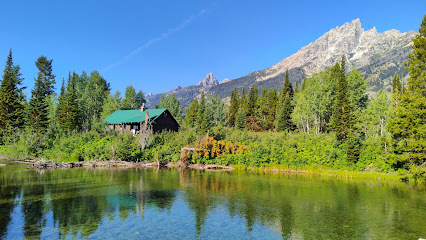
National Elk Refuge
Explore the National Elk Refuge: A breathtaking wildlife sanctuary in Jackson, Wyoming, where nature and majestic elk thrive in stunning landscapes.
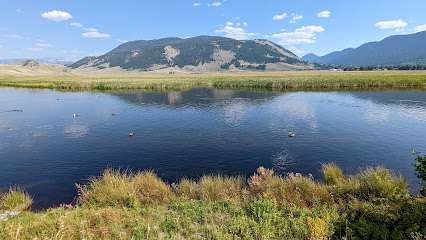
Schwabacher Landing
Explore the breathtaking beauty of Schwabacher Landing, a scenic gem in Grand Teton National Park with stunning views and abundant wildlife.
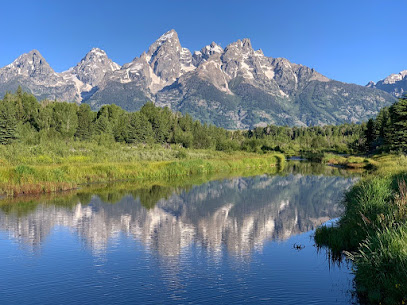
Jackson Lake Dam
Explore Jackson Lake Dam, a stunning blend of engineering and nature, nestled in the majestic landscapes of Grand Teton National Park, Wyoming.
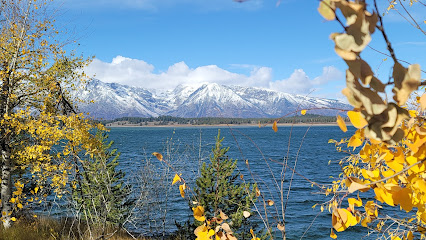
Morning Glory Pool
Experience the breathtaking beauty of Morning Glory Pool in Yellowstone National Park, a vibrant hot spring that enchants visitors with its stunning colors.
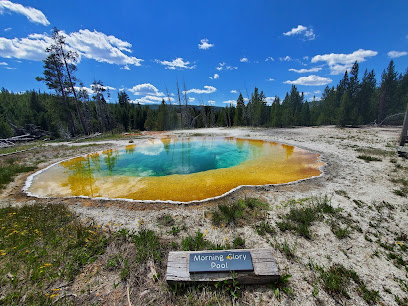
Jackson Hole Aerial Tram and Gondola Rides
Experience breathtaking views and adventure at Jackson Hole Aerial Tram and Gondola Rides, a must-visit destination for all travelers.
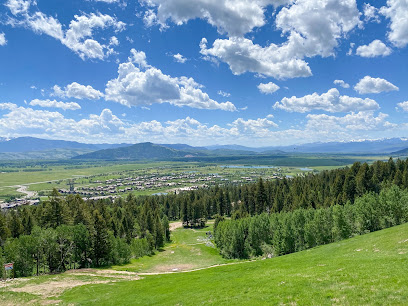
Essential places to dine
Bridger-Teton National Forest
Discover the breathtaking beauty and adventure-filled experiences at Bridger-Teton National Forest in Wyoming.
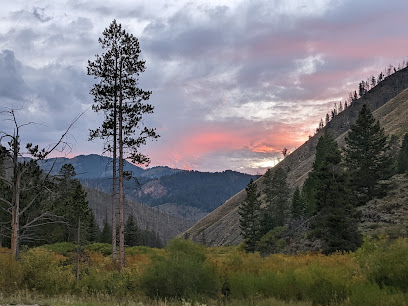
Jackson Hole Aerial Tram and Gondola Rides
Explore breathtaking views from Jackson Hole's Aerial Tram and Gondola Rides—an unforgettable adventure in Wyoming's stunning Teton Range.
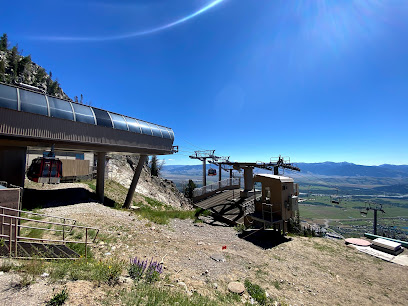
John Colter's Ranch House
Experience authentic barbecue at John Colter's Ranch House, where Western flavors meet stunning natural beauty near Grand Teton National Park.
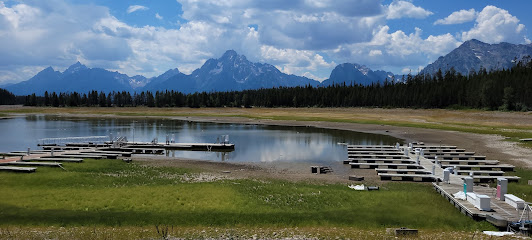
Subway
Discover fresh and customizable sandwiches at Subway in Jackson, Wyoming - your perfect meal stop amidst breathtaking landscapes.
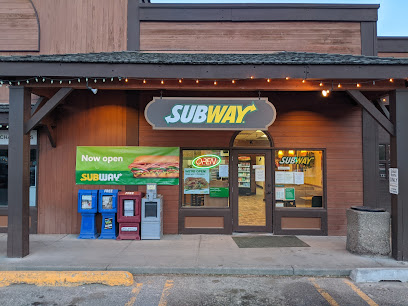
Bridger National Forest
Discover the breathtaking beauty and outdoor adventures at Bridger National Forest in Wyoming's wild landscapes.
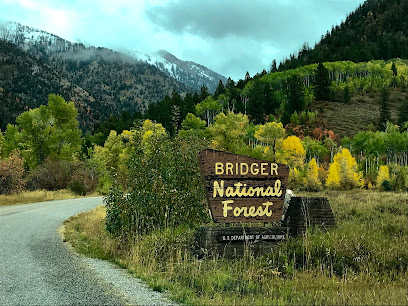
Markets, malls and hidden boutiques
Bridger-Teton National Forest
Discover the breathtaking beauty and outdoor adventures of Bridger-Teton National Forest, a majestic wilderness in Wyoming.
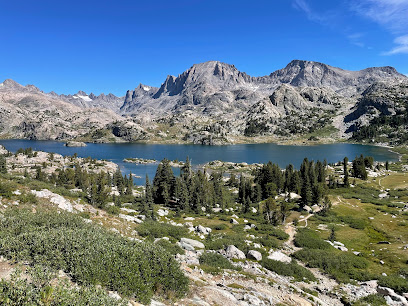
Teton Mountaineering
Discover the spirit of adventure at Teton Mountaineering, your outdoor gear haven in Jackson, Wyoming, for skiing, climbing, and more.
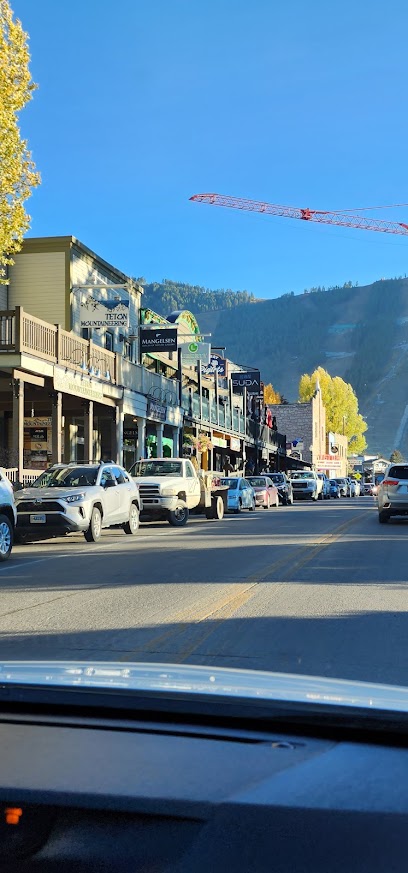
Belle Shops | Town Square
Explore Belle Shops in Jackson, Wyoming for unique gifts, local art, and exquisite jewelry that celebrate the region's natural beauty.
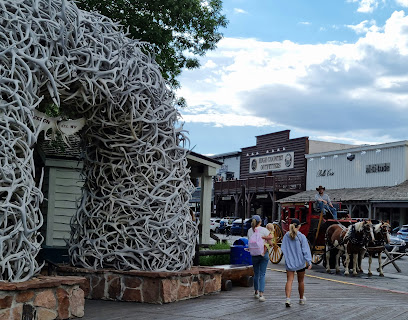
Lee's Tees
Explore the best T-shirt store in Jackson, Wyoming, for unique souvenirs reflecting the beauty of the Grand Tetons and local culture.
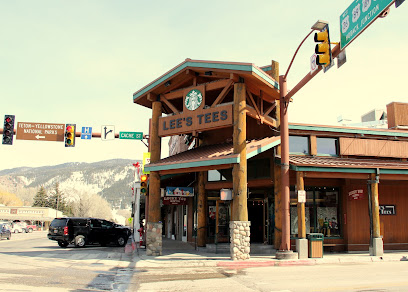
MADE
Explore MADE, a unique gift shop in Jackson Hole offering handmade treasures and local art, perfect for memorable souvenirs and gifts.
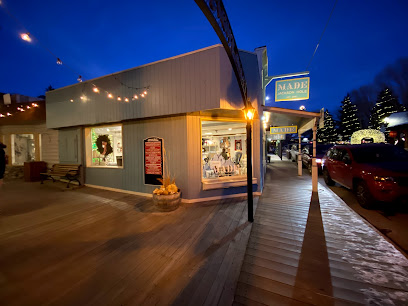
Jackson Mercantile
Discover unique gifts and local crafts at Jackson Mercantile, the perfect spot for souvenirs in Jackson, Wyoming.
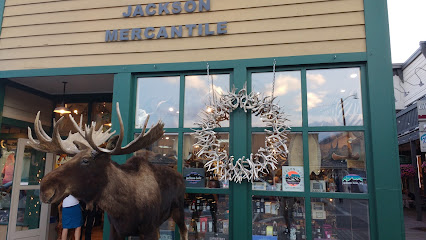
Jackson Trading Company
Explore the Jackson Trading Company, your go-to gift shop in Jackson, WY, for unique local crafts and memorable souvenirs.
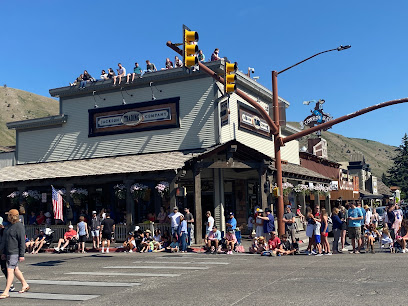
Teton Toys Jackson
Explore the whimsical world of Teton Toys Jackson, where imagination and fun come to life through an enchanting selection of toys and games.
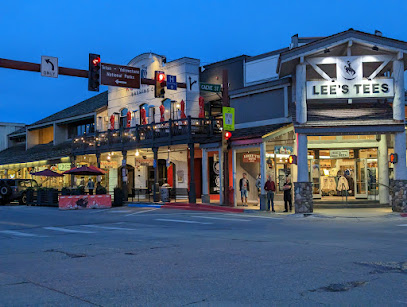
Bodega
Discover Bodega in Teton Village: your go-to grocery store and gas station for local flavors and essentials amidst Wyoming's stunning landscapes.
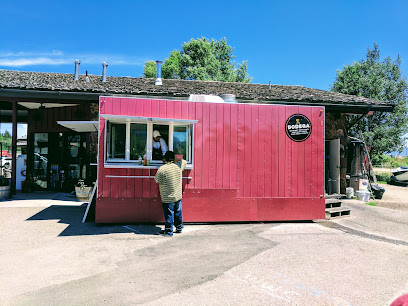
Jackson Hole Pendleton
Explore Jackson Hole Pendleton for a unique blend of clothing, bedding, and home goods that reflect the spirit of the American West.

KÜHL Jackson Hole
Discover KÜHL Jackson Hole, the outdoor clothing and equipment shop that equips adventurers for unforgettable experiences in Wyoming's wilderness.
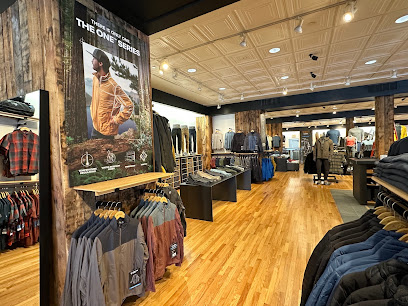
Teton Gravity Research
Explore Teton Gravity Research for the ultimate blend of adventure apparel, thrilling sports films, and a vibrant outdoor lifestyle.
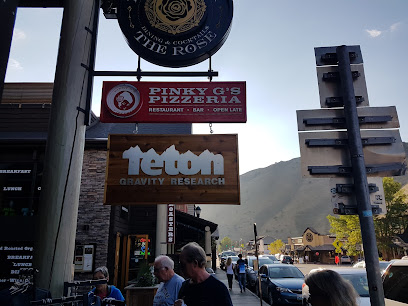
Jackson Hole Resort Store
Explore the Jackson Hole Resort Store for the finest souvenirs and local treasures that embody the spirit of Wyoming's majestic landscapes.
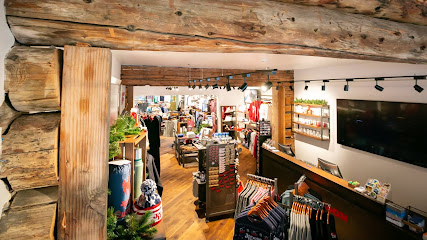
Moose on the loose
Explore Moose on the Loose, Jackson's premier gift shop, offering unique clothing, souvenirs, and sportswear for a taste of the wild west.
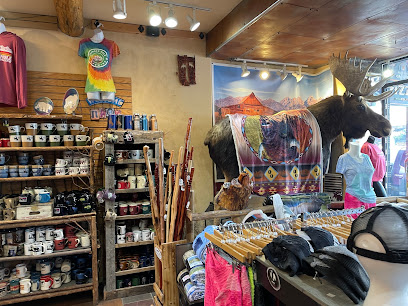
Mountain Dandy
Discover the charm of Jackson, Wyoming at Mountain Dandy - your go-to gift shop for unique antiques, books, and local crafts.
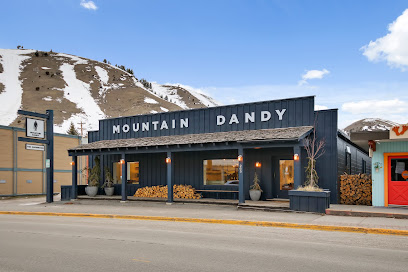
Local Phrases about Bridger-Teton National Forest
-
- HelloHowdy
[haʊ-di] - GoodbyeSee ya
[siː jɑː] - YesYup
[jʌp] - NoNope
[noʊp] - Please/You're welcomePlease
[pliːz] - Thank youThanks
[θæŋks] - Excuse me/SorryPardon
[pɑːrdn] - How are you?Howdy partner?
[haʊ-di pɑːrt-nər] - Fine. And you?Doin' good. How 'bout you?
[dɔɪn ɡʊd. haʊ 'baʊt jʊ] - Do you speak English?Y'all speak English?
[jɔl spiːk ˈɪŋɡlɪʃ] - I don't understandI ain't catchin' on
[aɪ eɪnt ˈkæʧɪn ɒn]
- HelloHowdy
-
- I'd like to see the menu, pleaseCan I see what's cookin'?
[kæn aɪ siː wɑːts ˈkʊkɪn] - I don't eat meatI'm meat-free
[aɪm mit-fri] - Cheers!Bottoms up!
[ˈbɑːtəmz ʌp] - I would like to pay, pleaseCheck, please
[ʧɛk pliːz]
- I'd like to see the menu, pleaseCan I see what's cookin'?
-
- Help!Send aid!
[sɛnd eɪd] - Go away!Git goin'!
[ɡɪt ˈɡoʊɪn] - Call the Police!Get the Sheriff!
[ɡɛt ðə ˈʃɛrɪf] - Call a doctor!Fetch a doc!
[fɛʧ ə dɑk] - I'm lostDone gone lost
[dʌn ɡɔn lɒst] - I'm illFeelin' poorly
[ˈfiːlɪn ˈpʊrli]
- Help!Send aid!
-
- I'd like to buy...I reckon I'll take...
[aɪ ˈrɛkən aɪl teɪk] - I'm just lookingJust browsin'
[ʤʌst ˈbraʊzɪn] - How much is it?What's the damage?
[wɑːts ðə ˈdæmɪʤ] - That's too expensiveThat's pricy
[ðæts ˈpraɪsi] - Can you lower the price?Can ya do a deal?
[kæn jə duː ə dil]
- I'd like to buy...I reckon I'll take...
-
- What time is it?What's the hour?
[wɑːts ðə aʊər] - It's one o'clockIt's one
[ɪts wʌn] - Half past (10)Ten thirty
[tɛn ˈθɜrti] - MorningMornin'
[ˈmɔrnɪn] - AfternoonAfternoon
[ˌæftərˈnuːn] - EveningEvenin'
[ˈiːvnɪn] - YesterdayYest'day
[ˈjɛstˈdeɪ] - TodayToday
[təˈdeɪ] - TomorrowTomorry
[təˈmɑri] - 1One
[wʌn] - 2Two
[tuː] - 3Three
[θriː] - 4Four
[fɔːr] - 5Five
[faɪv] - 6Six
[sɪks] - 7Seven
[ˈsɛvən] - 8Eight
[eɪt] - 9Nine
[naɪn] - 10Ten
[tɛn]
- What time is it?What's the hour?
-
- Where's a/the...?Where's the...
[wɛərz ðə] - What's the address?What's the street?
[wɑːts ðə striːt] - Can you show me (on the map)?Can you show me 'round?
[kæn jə ʃoʊ miː ˈraʊnd] - When's the next (bus)?When's the next ride?
[wɛnz ðə nɛkst raɪd] - A ticket (to ....)A pass (to ....)
[ə pæs tuː]
- Where's a/the...?Where's the...
History of Bridger-Teton National Forest
-
Long before European settlers arrived, the Bridger-Teton National Forest area was inhabited by Native American tribes such as the Shoshone, Bannock, and Crow. These tribes utilized the rich natural resources for hunting, fishing, and gathering. They had a deep spiritual connection with the land, which is evident in the numerous archaeological sites, petroglyphs, and ancient trails that can still be found within the forest.
-
In the early 19th century, the Bridger-Teton area became a hub for trappers and mountain men, including famous figures like Jim Bridger and Jedediah Smith. These rugged individuals explored the region extensively, mapping the terrain and establishing fur trading routes. The forest's name itself honors Jim Bridger, who was instrumental in opening up the American West to settlers and traders.
-
During the mid-19th century, the Bridger-Teton region was a crucial segment of the Oregon Trail. Thousands of pioneers traversed this rugged landscape in their quest for new opportunities in the western United States. The forest provided both challenges and resources for these travelers, who often relied on its rivers and streams for water and its woodlands for shelter.
-
In 1908, President Theodore Roosevelt established the Bridger-Teton National Forest as part of his conservation efforts. Recognizing the area's ecological and recreational value, the federal government aimed to protect its diverse landscapes, including pristine rivers, lush meadows, and towering mountain ranges. This move was part of a larger national trend toward preserving America's natural heritage.
-
During the Great Depression, the Civilian Conservation Corps (CCC) played a significant role in developing the Bridger-Teton National Forest. The CCC built trails, campgrounds, and ranger stations, many of which are still in use today. Their efforts not only provided much-needed employment but also laid the groundwork for modern forest management and recreation.
-
In recent decades, the Bridger-Teton National Forest has become a prime destination for outdoor enthusiasts, offering activities such as hiking, fishing, camping, and wildlife viewing. Conservation efforts continue to protect its unique ecosystems, including critical habitats for species like grizzly bears, wolves, and cutthroat trout. The forest is also a focal point for environmental education and sustainable tourism initiatives.
Bridger-Teton National Forest Essentials
-
Bridger-Teton National Forest is located in western Wyoming. The nearest major airport is Jackson Hole Airport (JAC), located within the boundaries of Grand Teton National Park, which is adjacent to Bridger-Teton. Alternatively, you can fly into Salt Lake City International Airport (SLC) in Utah, about a 4.5-hour drive away. From Jackson Hole, you can rent a car or take a shuttle service to the forest. Driving is the most flexible way to explore the area, but make sure your vehicle is suitable for rough terrain if you plan on venturing deep into the forest.
-
Once inside Bridger-Teton National Forest, the primary mode of transportation is by car. There are numerous scenic byways and forest roads that provide access to different parts of the forest. For more remote areas, consider renting a high-clearance vehicle or a 4x4. During the winter, some roads may be closed or require snow chains. There are also opportunities for hiking, horseback riding, and mountain biking for those who prefer to explore on foot or by bike. Public transportation options are limited, so plan accordingly.
-
The official currency is the United States Dollar (USD). Credit and debit cards are widely accepted in Jackson and other gateway towns, but it's a good idea to carry some cash for smaller establishments or remote areas where card payments may not be possible. ATMs are available in Jackson and other larger towns nearby, but they are scarce within the forest itself.
-
Bridger-Teton National Forest is generally safe for tourists, but standard precautions should be taken. Wildlife encounters are common, so maintain a safe distance from animals and store food properly to avoid attracting bears. Some areas can be rugged and remote, so always inform someone of your plans and expected return time. Crime rates are low, but it's always best to remain vigilant and keep valuables secure, especially in more populated areas like Jackson.
-
In case of emergency, dial 911 for immediate assistance. Cell phone coverage can be unreliable in remote areas, so it is advisable to carry a satellite phone or a personal locator beacon (PLB). The nearest hospitals are located in Jackson, including St. John's Health. For minor injuries or illnesses, there are clinics and pharmacies in Jackson. Always carry a first-aid kit and know basic first-aid procedures.
-
Fashion: Do wear layers and appropriate outdoor clothing, as weather can change rapidly. Don't wear cotton on long hikes; opt for moisture-wicking materials. Religion: Do respect any cultural or spiritual sites you may encounter. Public Transport: Do plan your trips carefully, as public transport within the forest is virtually non-existent. Greetings: Do greet people with a friendly nod or wave; locals are generally welcoming. Eating & Drinking: Do pack out all trash and leftovers; leave no trace to protect the environment. Don't feed the wildlife.
-
To experience Bridger-Teton National Forest like a local, visit during the shoulder seasons (spring and fall) to avoid crowds. Check out lesser-known trails and backcountry areas for a more secluded experience. Engage with local rangers and attend educational programs to learn more about the forest's ecology and history. Don't miss the chance to go fishing in the Snake River or hiking in the Wind River Range for some of the best outdoor experiences.
Nearby Cities to Bridger-Teton National Forest
-
Things To Do in Rexburg
-
Things To Do in Idaho Falls
-
Things To Do in Yellowstone National Park
-
Things To Do in Pocatello
-
Things To Do in Logan
-
Things To Do in Riverton
-
Things To Do in Cody
-
Things To Do in Evanston
-
Things To Do in Rock Springs
-
Things To Do in Big Sky
-
Things To Do in Ogden
-
Things To Do in Bozeman
-
Things To Do in Salt Lake City
-
Things To Do in Park City
-
Things To Do in Sun Valley







